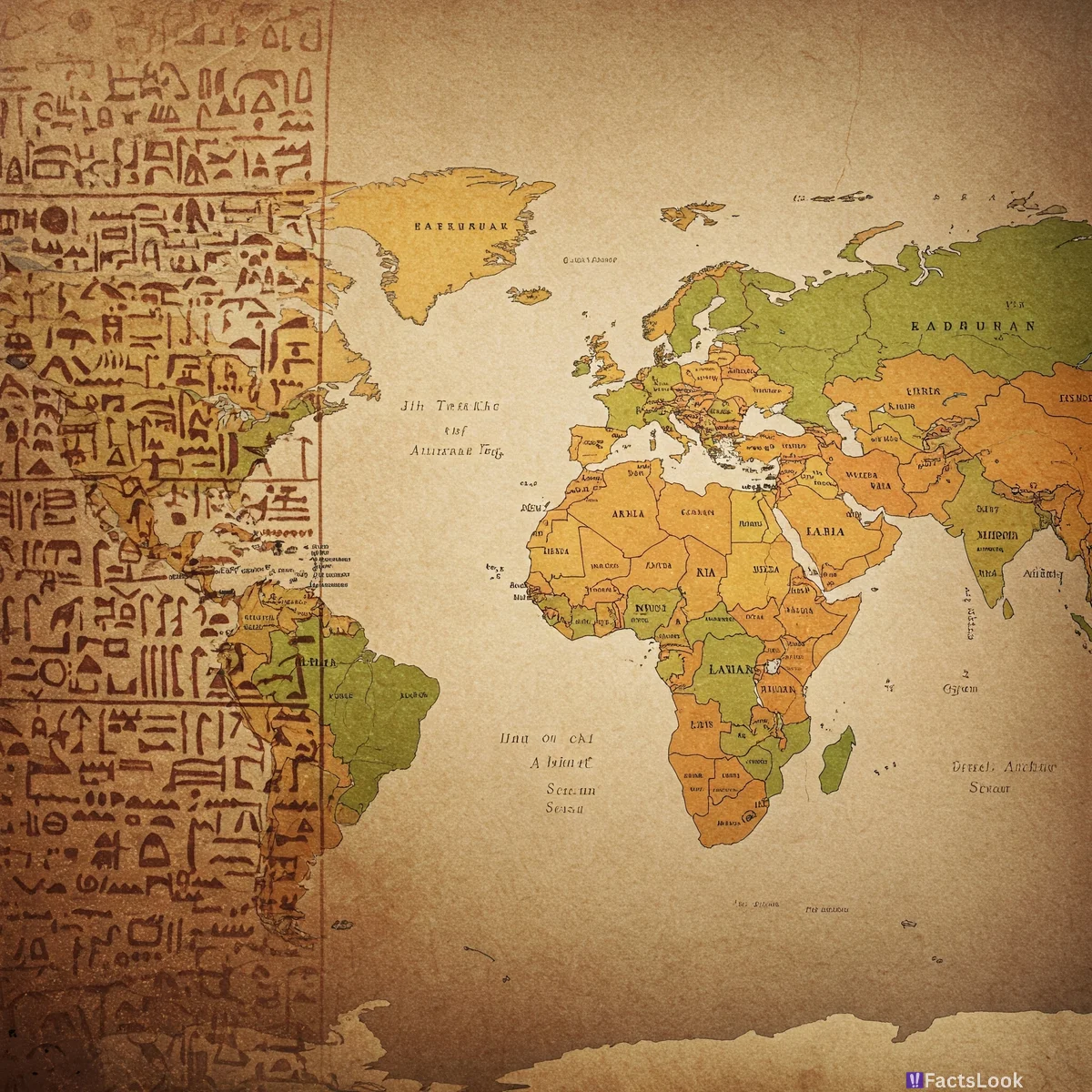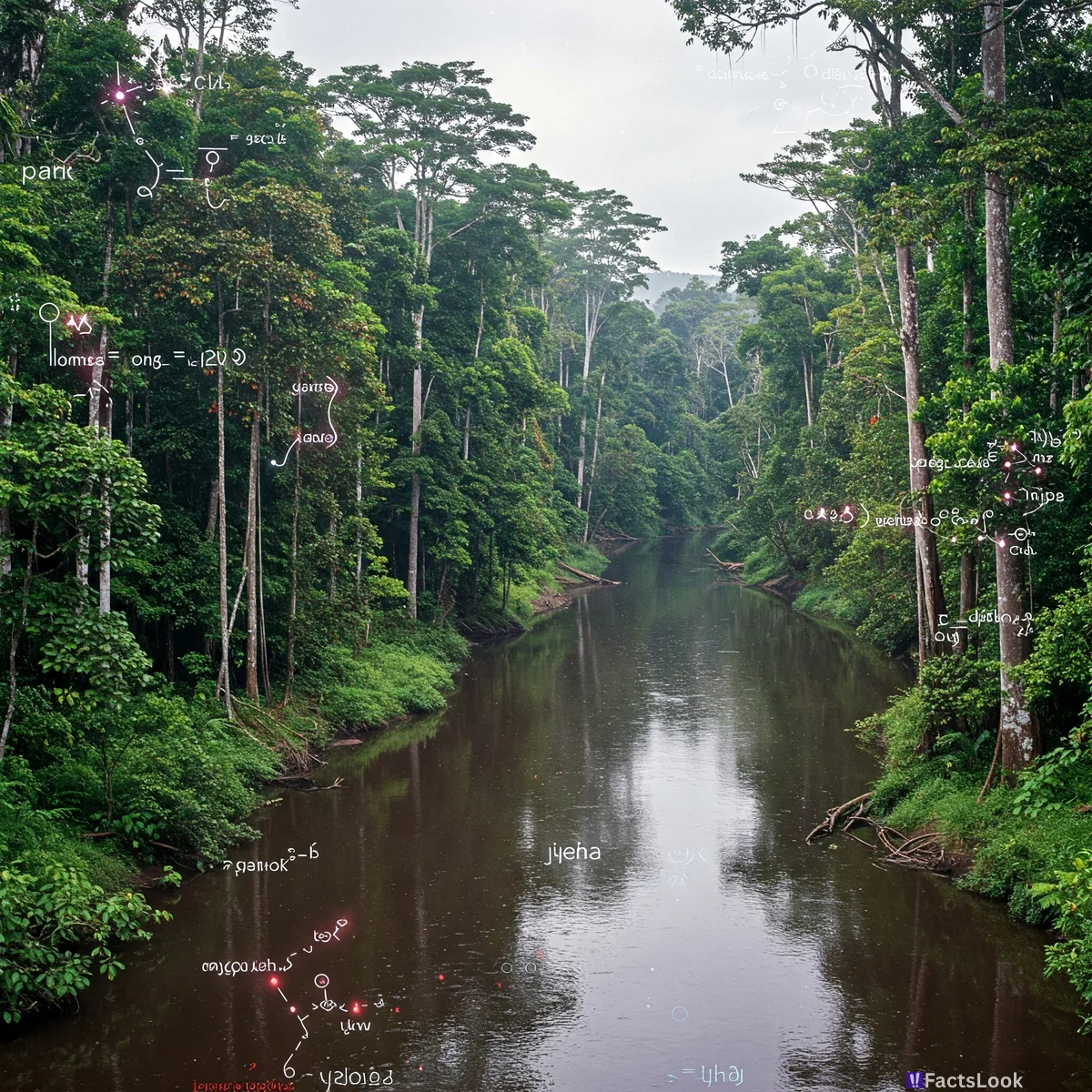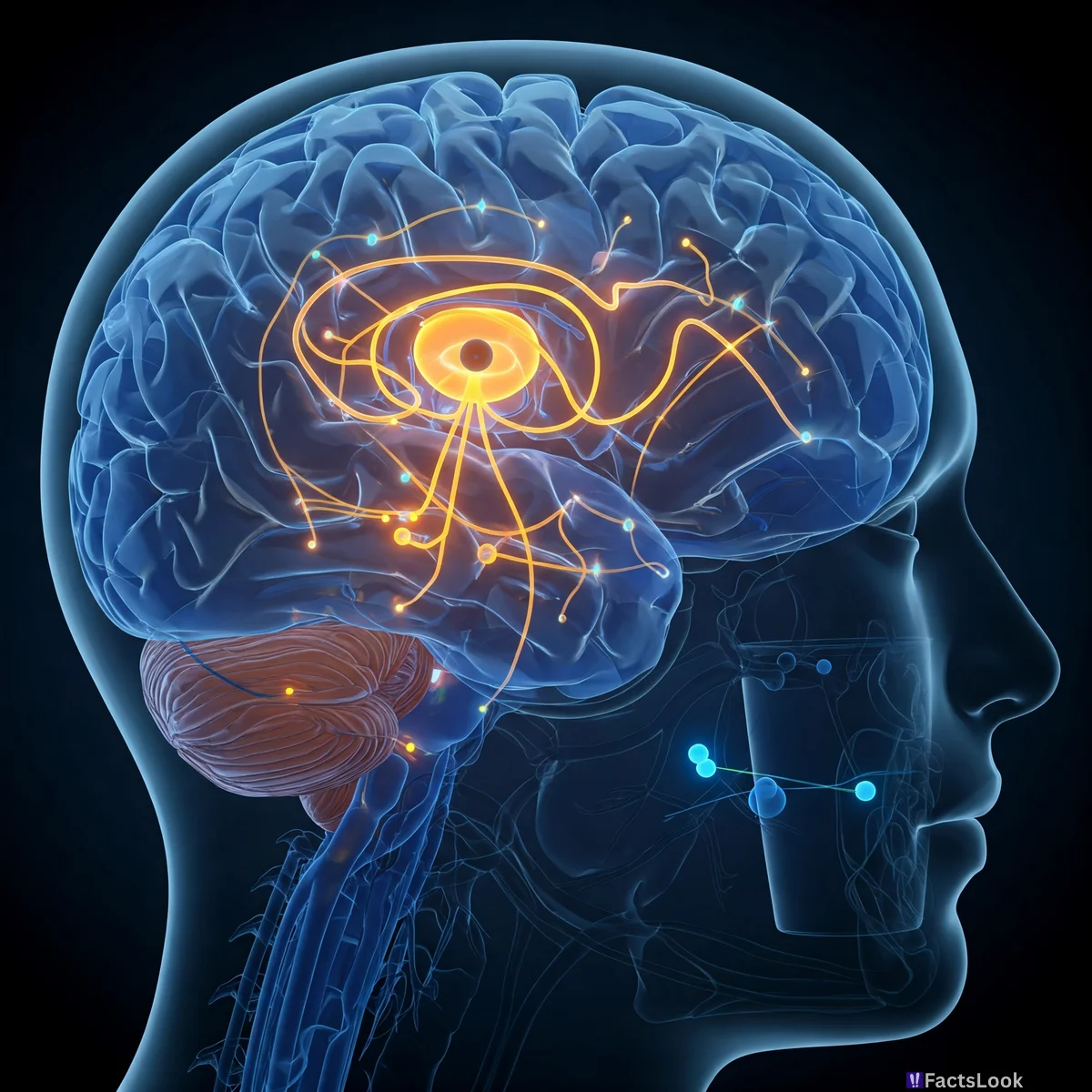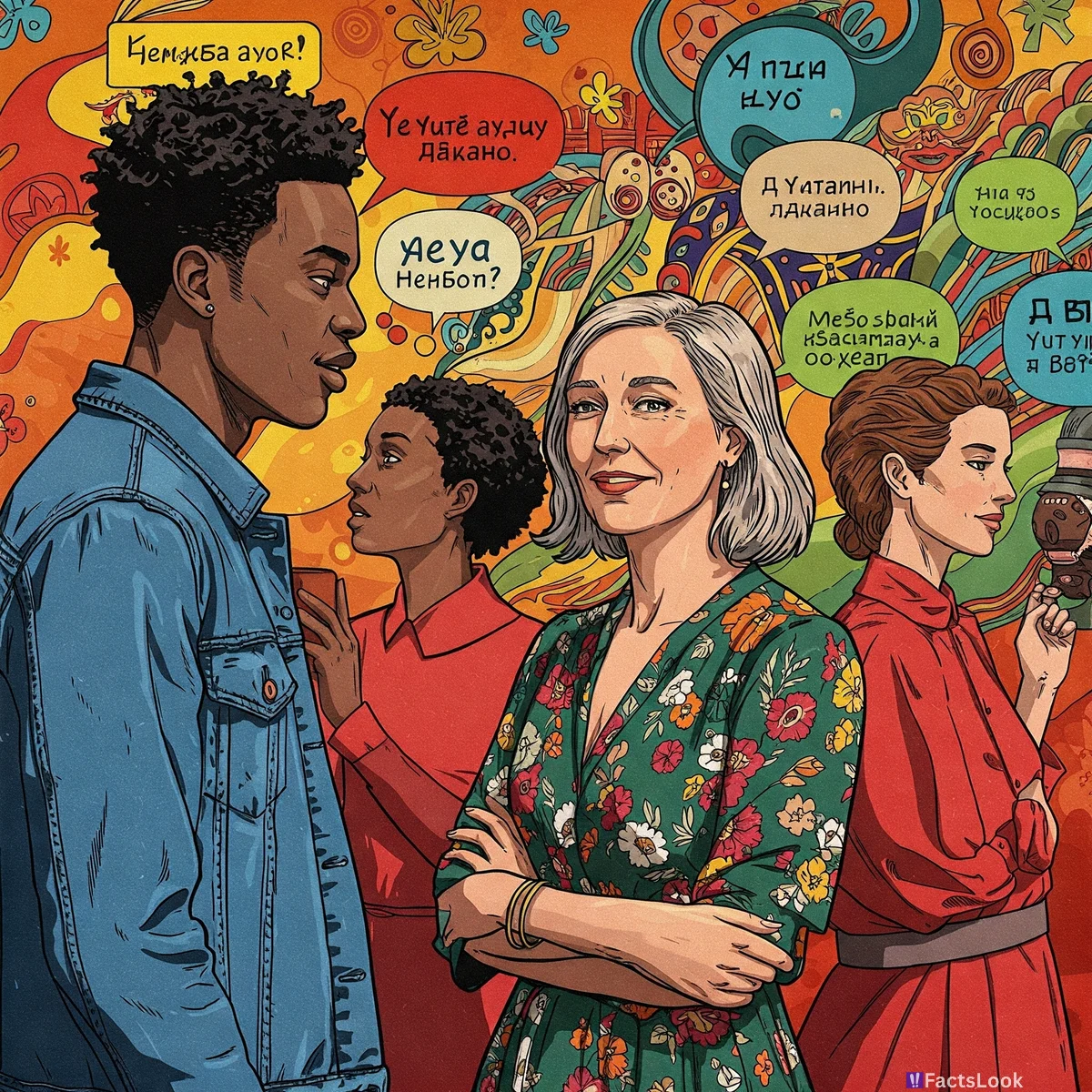25 Mind-Blowing Language & Speech Facts You Won't Believe!
The Dying Languages Crisis

Around half of the roughly 7,000 languages spoken today are predicted to disappear by the end of the century. Language loss isn't merely a matter of vocabulary; it represents a loss of cultural knowledge, history, and unique ways of understanding the world. Efforts to preserve endangered languages are crucial for maintaining global diversity. [Source: UNESCO]
The Basques: A Linguistic Isolate
The Basque language, spoken in parts of Spain and France, is a true linguistic isolate. This means it's not demonstrably related to any other known living language family – a mystery that has baffled linguists for centuries. Its origins remain one of the biggest unsolved puzzles in linguistic history.
Pirahã and the Lack of Recursion

The Pirahã language of the Amazon famously lacks recursion, a core element of Chomsky's theory of Universal Grammar. Recursion is the ability to embed phrases within phrases infinitely. Pirahã speakers primarily focus on immediate experience, which may explain the language's unique structure. [Source: *Language* journal]
The World's Most Complex Language
Determining the 'most complex' language is tricky, but many linguists point to Basque or Nahuatl. These languages feature extensive grammatical structures like polysynthesis – combining many morphemes into single words. This results in incredibly long and nuanced expressions.
The Hanunó'o Alphabet

The Hanunó'o script of the Philippines is one of the few surviving abugidas (alphasyllabaries) in the world, where each symbol represents a consonant-vowel combination. It's written on bamboo using a knife and is used primarily for traditional poetry and rituals.
Synesthesia and Language
Synesthesia, a perceptual phenomenon where stimulation of one sense triggers experiences in another, can impact language. Synesthetes might 'see' colors when they hear specific words or 'taste' shapes. Their language use can reflect these unusual cross-sensory connections.
Mirror Neurons and Language Acquisition

Mirror neurons, first discovered in primates, play a vital role in understanding and imitating actions – including speech. They fire both when we perform an action *and* when we observe someone else doing it, aiding in language acquisition and social learning.
The Sapir-Whorf Hypothesis
The Sapir-Whorf hypothesis (linguistic relativity) suggests the structure of a language influences the ways its speakers conceptualize the world. A stronger version claims language *determines* thought; a weaker version proposes it *influences* thought. Evidence supports both interpretations.
The Origin of Proto-Indo-European
Most European and many Asian languages stem from a reconstructed ancestor language called Proto-Indo-European (PIE). While no written records exist, linguists have reconstructed PIE based on similarities in vocabulary and grammar across descendant languages. Its point of origin is still debated.
Click Languages of Southern Africa

Languages like Xhosa and Zulu feature click consonants—sounds not found in most languages. These clicks are made by creating a vacuum in the mouth. They’re integral parts of these languages, not just imitations of sounds.
The Longest Word in a Language
The longest word in English is pneumonoultramicroscopicsilicovolcanoconiosis (45 letters), a lung disease caused by inhaling very fine silica dust. However, many languages have significantly longer compound words – German, in particular, is infamous for this.
Language and Color Perception

Not all languages have words for the same colors. The Himba people of Namibia, for instance, use fewer color terms than English speakers. Research shows they can distinguish subtle shades that English speakers struggle with, highlighting the influence of language on perception.
The Sounds of Babies
Babies are born capable of producing *all* sounds used in human languages. However, they lose this ability as they're exposed to their native language, specializing in the sounds they hear regularly. This demonstrates the plasticity of the brain in early development.
The Rise of Creole Languages

Creole languages develop when different languages come into contact, often due to colonization or trade. They typically emerge from pidgins (simplified communication systems) and evolve into full-fledged languages with their own complex grammar. [Source: Ethnologue]
The Vocal Tract is Unique
Each human’s vocal tract is uniquely shaped, much like a fingerprint. This explains the subtle differences in voices, even when people attempt identical sounds. This individuality makes voice recognition both possible and challenging.
The Power of Back-Translation
Back-translation – translating a text into another language and then back to the original – is a quality control method used in technical writing and medical research to ensure accuracy and clarify ambiguous terms. It highlights the potential for misinterpretation.
Sign Language Diversity

Sign languages aren’t universal. Just like spoken languages, different sign languages have evolved in different regions (e.g., American Sign Language, British Sign Language, Japanese Sign Language). They have their own grammars, vocabularies, and cultural nuances.
The McGurk Effect
The McGurk effect is an auditory illusion demonstrating how visual information influences speech perception. When you hear one sound but see someone articulating a different sound, your brain often blends the two, creating a third, altered sound.
Language and Aging

While some cognitive decline is natural with age, actively engaging with language (reading, writing, speaking) can help maintain cognitive health. Bilingualism, in particular, has been linked to delayed onset of dementia.
Global English Influence
English has become a global lingua franca, but it's evolving differently in various regions. 'World Englishes' exhibit unique pronunciations, grammatical structures, and vocabulary, reflecting local cultural influences. This demonstrates the dynamic nature of language.
Comments
Loading comments...